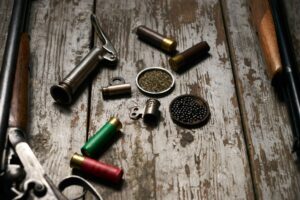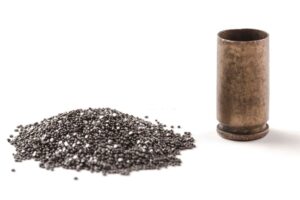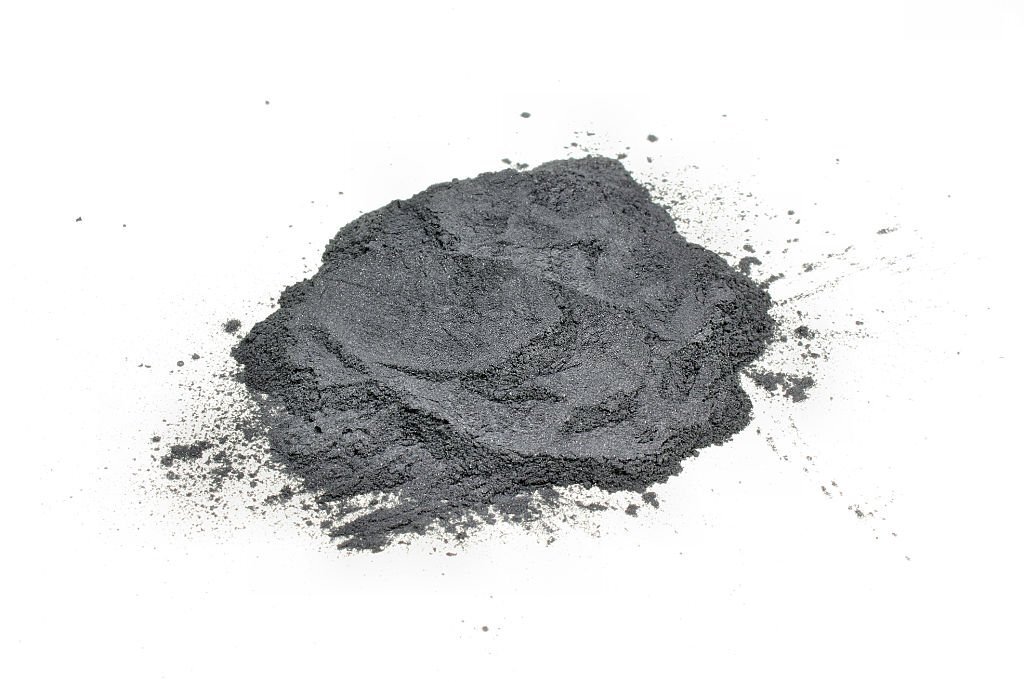Proper selection of your reloading powder is very important. Its characteristics will influence various factors, including metering consistency and ballistics of the completed round. To select the best gun powders, you must have a complete understanding of the behavior of different powders.
Common Types of Gunpowders
The truth is that no single gun powder does it all. While there are several options available for the reloader, some are more versatile than others.
Black Powder
Black powder contains sulfur, potassium nitrate and charcoal, allowing easy ignition for crude systems. This mixture, however, is very corrosive and tends to leave barrel residue.

Smokeless Powder
Smokeless powder burns at higher pressures due to its nitrocellulose and nitroglycerine components. This is mostly covered with graphite to allow flow through the powder measure. Over time, smokeless powders can deteriorate due to nitric acid. It is categorized based on composition, grain shape and size, sales, and usage.
A. Powder Composition
A typical way to describe smokeless powder is to determine the major compounds it contains.
- Single-base powders contain a single energetic constituent – nitrocellulose. It produces lower heat, making them less erosive to barrel steel.
- Double-base powders offer maximum velocity due to nitroglycerine and nitrodiglycol. It is safer to manufacture compared to the single base powder.
- Triple-base powders come with an additional constituent – nitroguanidine. It produces less muzzle flash, making it useful to the military.
B. Shape and Size
The shape has an impact on how the energy is delivered to the bullet. It also affects the surface area of the grain and the consistency of the powder measures.
- Ball powder consists of easy to manufacture tiny spheres. Its metering has more accurate loads compared to other powders. Many ball powders burn at a lower temperature which extends the barrel’s life.
- Flattened ball powder is a similar powder to ball powder, except for its oval, flattened shape. It is preferred in shotgun shells as it minimizes the powder’s movement in the shell.
- Flake Powder has tiny discs granules that extend into a tube shape and are cut into tiny sections. It is used in shotgun cartridges due to their shape that can stack up.
- Stick Powder is used for small rifle cartridges due to its accuracy. Despite its efficiency in rifle, these cylindrical grains of extruded powders are difficult to meter.
C. Powder Sales
Powder companies put a lot of effort into producing better forms of smokeless powder. Some powder manufacturers use the same processes to come up with canisters. This is usually sold in small containers, giving a good lot-to-lot consistency.
Other companies sell bulk to ammunition manufacturers who perform blending to increase powder charge and bullet weight. Such powder does not have the same weight and reloading data consistency, so treating them as a new lot when loading is advised.
D. Powder Usage
Reloading manuals on burn rate showed that the fast-burning characteristics of pistol powders are used for low-speed pistols and shotguns, while the slower burning powder applies for a rifle cartridge. In some cases, there is an overlap depending on the cartridge and bullet type.
Pistol Powder
Handgun powder charges the most energy in the shortest time and distance. The barrel length of the handgun cartridges is shorter and using slow-burning powder gives a bright flash at the end of the barrel.

Rifle Powder
Due to the long barrel, the rifle requires slower burning powders to deliver consistent pressure. Using faster-burning powders produces start-up energy and gives rifle powders maximum pressure in the chamber, causing damage.
Shotgun Powder
Shotgun powders come with a huge variety based on the load. Heavier loads require a slower burn rate as it takes longer to accelerate. The fast-burning powder ignites the heavy load and creates peak pressure. Meanwhile, the slow-burning powders on light bullets may not produce sufficient energy and velocity.
Final Thoughts
Three companies are distributing the majority of the gunpowder in the country – Alliant Powder, Hodgdon Powders, and Western Powders. Be sure to choose the right powder in reloading ammunition to ensure safety and precise shooting. We, at ReloadingPowder.com, are here to help you decide. Contact our hotline for more details and bulk pricing.



